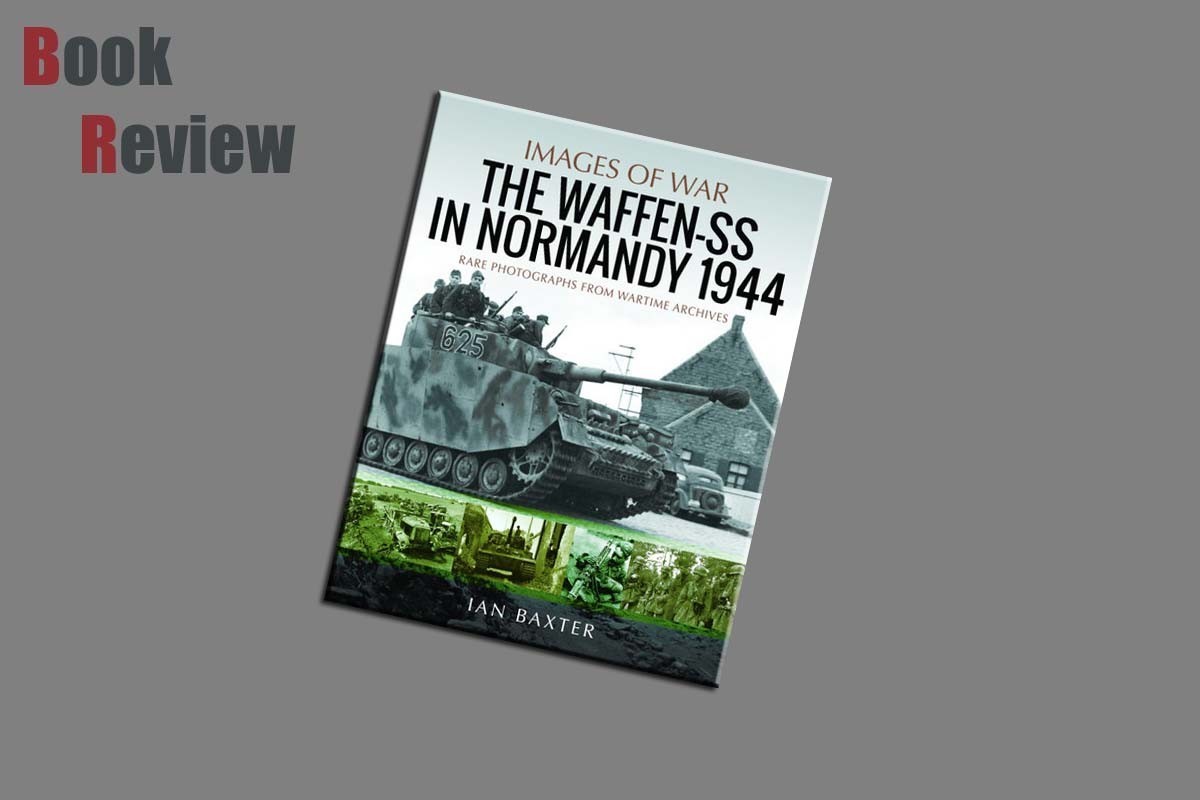
Introduction
The following introduction is taken from the Pen and Sword website:
In June 1944, Operation OVERLORD, the greatest ever amphibious invasion, initially overwhelmed German Normandy defences. To attempt to stabilise the situation, Hitler deployed his elite Waffen-SS divisions to avert the crisis.
This classic Images of War book describes how the formidable Leibstandarte, Das Reich, Hitlerjugend, Hohenstaufen, and the Frundsberg SS divisions with supporting Wehrmacht divisions fought fanatically despite facing overwhelming enemy airpower and determined well-led Allied armies. Mounting losses and supply and fuel problems culminated in the Falaise Pocket defeat, when twenty-five out of the thirty-eight German division were completely destroyed. As a result, the remaining Waffen-SS units had to be reluctantly withdrawn and transferred back to Holland and, Belgium to recoup, or sent to the Eastern Front to attempt to stem the relentless Soviet advance.
With many rare and unpublished photographs with detailed captions, Waffen-SS in Normandy is a graphic account of the Waffen-SS operations in Normandy and their subsequent retreat through France.
Review
This offering from Pen and Sword is part of the Images of War Series, is authored by Ian Baxter and looks at the Waffen SS in Normandy in 1944 and their attempts to stem the advance of Allied troops during D-Day. The contents of this offering are as follows:
Introduction
Chapter 1 Prelude to Invasion
Chapter 2 Invasion
Chapter 3 Bitter Fighting
Chapter 4 Final Divisions Arrive
Epilogue
Appendixies
Order of Battle
Regardless of what we think of the SS and the atrocities that they carried out during World War II, it cannot be denied that they were an effective fighting force with all of the elements of the army at their disposal. Ian Baxter in this title has covered a specific area during a specific time and the SS units engaged in the fighting against the Allies. After a short introduction the four main chapters of the book are presented with a written section covering what you will be looking at in the main section of the chapter as in the photographs. Think of the text at the start of each chapter as a way to give the photographs a context. The text itself is written in a font that is easy to read, and of a good size so that those whose eyes that don’t work as well as they did do not struggle to read the contents, and so makes this part of the title a pleasing addition.
The modeller in me appreciates the photographs included in the title, of which there are 250 period and black and white offerings. These images show the German forces, mostly through the lenses of troops on the ground rather than those promotional images taken by Governments for propaganda purposes. One image that I can see being replicated by a modeller, is a coastal 88mm gun with the crew wearing their steel helmets and in their underpants only. I don’t know how I would feel about running around a gun the size of an 88 in a wooded area with bare feet. Due to SS units having infantry, artillery and armoured troops all under the same banner the images obviously cover a wide range of subjects. I particularly like seeing the infantry at rest and in alert positions as it gets your mind working as regards modelling ideas. They also give you a very good look at uniform details, especially the camouflage uniforms worn during this period.
If the written text provides you with the context and the period photographs provide the eye candy, it is the unsung captions that provide the details. The quality of the captions varies greatly, depending on how much is known of the photograph. But these captions point out details that can be easily missed, or put you in a specific place at a specific time. One thing that is likely to surprise many is the child like appearance of the soldiers of the HitlerJugend, who were the closest SS units to the landing zones and the youthful look of the soldiers - nearly all being teenagers. Reports from both sides di indicate they fought very well and were a worthy foe.
Conclusion
As a modeller I love these titles that are released in the Images of War series by Pen and Sword. The photographs allow you to pick out details for specific units, and specific places and often present you with situations where someone would say “That would never happen”, and so allows you to say “Not only did it happen, but here is an images that proves it”. I am not going to say that every caption in accurate, but I consider every photograph to be a visual gem.




























